It’s been interesting to hear how the reaction to the fact that we make our products in California has changed since 2009. Initially, it wasn’t surprising because we were really small and just selling things at booths in local design street fairs. Folks weren’t expecting these things to be coming in on container ships.
Over the next few years, people got used to the fact that more and more of their products were made abroad. So folks seemed to find it refreshing to hear that we still made SlimFold wallets in USA.
Recently, with the rise of Amazon, private labeling, and drop-shipping, more and more small companies have been importing their products. And the reaction from other business owners and some new customers to the fact that we don’t has been one of genuine surprise and confusion. The first thing they say is, "Why?”
So I thought I’d reflect on that a bit and explore just a few of the reasons that companies make things locally...
Marketing
For many companies the answer begins and ends with marketing. They want to be able to say they make their products in a particular place and try to make the economics work. For leather handbags to say they’re made in Italy, companies have gone so far as to make their products in China but not connect the handle to the bag. Then this “final assembly step” which technically defines its origin is done in Italy, along with sewing in the “Made in Italy” tag.
Product Quality
While I am proud that my products are made in the USA, the fact that they’re made here has a bit more to do with the organic nature of how I partner with local shops to bring my products to life.
I tend to solve design problems by applying advanced production techniques and I’m continually amazed by the local companies I discover who have the equipment I’m looking for and the expertise to get amazing results with it. In this way, the product design and quality is usually enhanced by this collaboration with the actual makers.
By integrating these local companies into the late stages of prototyping, and often using the same providers for both prototyping and production, the transition into manufacturing is seamless and quality remains high.
Contributing to the Local Economy
For whatever reason, most of the companies I end up working with are Father-son teams… or in one case, a daughter who became the CEO. But I don’t see it as doing any favors for these companies. Instead, they’re almost extensions of my team who I depend on at least as much if not more than they depend on me.
Is it important to you?
One of the reasons I’ve begun to think about this more is based on customer feedback. There are some customers who would rather pay a lower price, so interpret the fact that we make our products in California as a needless extra expense for them. I can understand this and also wish more folks would be able to afford and enjoy what we make.
As it stands now, making these products locally is integral to the design process and location of the labor can’t be substituted 1:1. So the existence of the products is an extension of the design process, which happens to take place in California. More like growing grapes for a wine in a particular place than the formula for coke which can be made anywhere.
That’s not to say it would be impossible to transplant our process and manufacturing somewhere else, but we’re currently focusing our efforts on developing new products instead.
So that’s my current thinking on why we make stuff here. Just like I don’t see myself as doing any favors for our local partners by making our products here, I hope you can also see the value in the products we create regardless of where they’re made.
I’d love to hear your thoughts on the topic in your comments below….

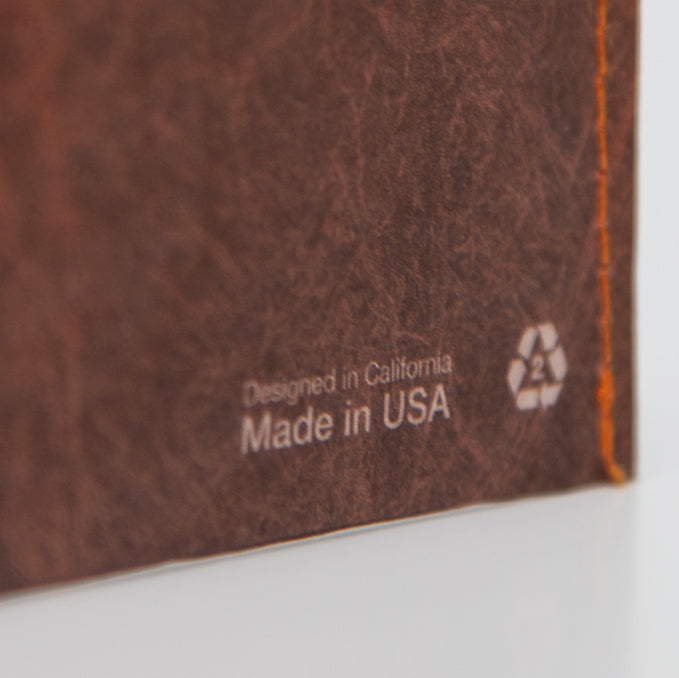
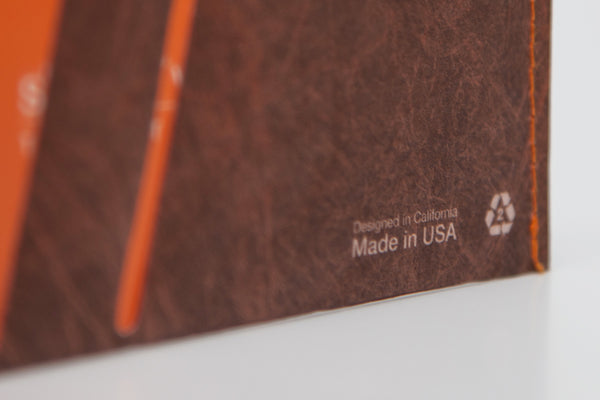
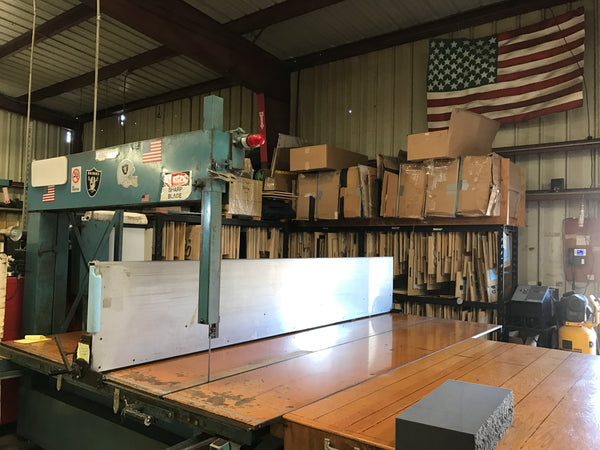
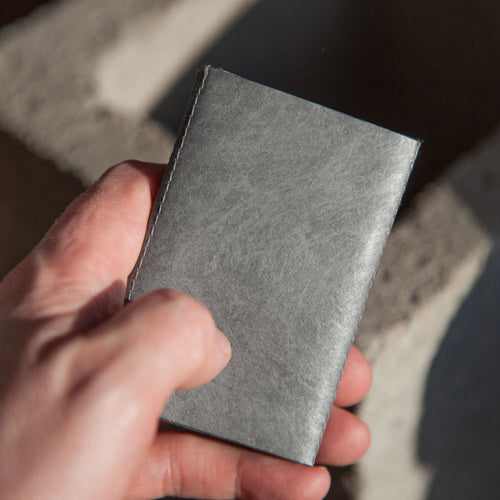
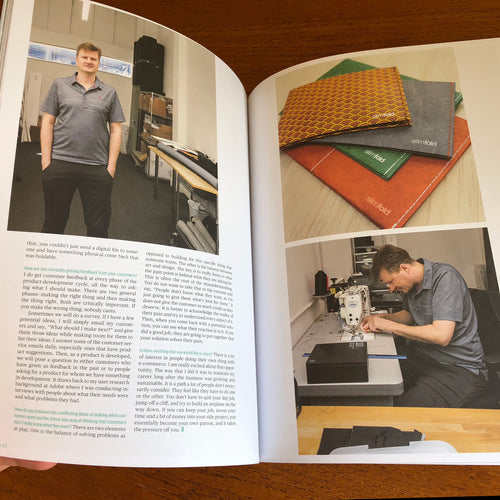

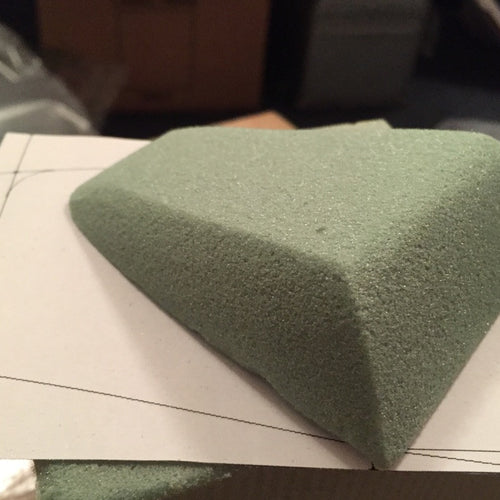
@Peter – Thanks for summing things up so eloquently! In fact, many of my design decisions go against the best business sense and the products wouldn’t exist unless I decided to make them how I want to. Alternatives which are mass market and luxury will always exist because both have better short-term strategies. See this recent post from Seth Goden on game theory for some related ideas:
https://www.akimbo.me/blog/episode-7-game-theory-and-the-infinite-game
@Onno – Great point… the products are an extension of where they were designed and if I were German, I’d make stuff there. And we can all celebrate the origins of what we use.
@Robert – Thanks for the support!
I live in the UK and have two wallets. Always build them in your own country, don’t sell out to profit margins.
Love my Slimfold Wallet and Slim Pack, they’re truly premium products that are well designed and made. If you had them made overseas, I’d fear that the quality would suffer, and it might also compromise what you could design.
Keep up the great work!
Just like organic food, it costs more but is well worth it.
I have two thoughts about this:
1) These are the most expensive wallets I’ve ever bought (got two), and also the most expensive backpack I’ve ever bought (by a wide margin).
2) The design and quality was worth the cost both times.
If potential customers look at the design and quality, and read this post about how it makes total sense based on what your company is doing and how it operates, and still see a “needless extra expense”, then I’d suggest that there are thousands of other products out there they are probably well within the price point they are aiming for and, like with any other thing they will ever buy, they should simply buy what they can comfortably afford.
In the end, it’s basically people complaining about an extra $5. If they truly want the wallet, they can skip a coffee or two for one week. Say I want a kick-ass TV. I don’t pick out a Sony, being a premium brand, and then complain to Sony about how it’s more expensive than a Vizio, and if only they could cut corners somewhere to bring the cost in line with what I want to pay… That’s not something you need to cater to, as a business. People who really want it will pay for it. You’re (I hope) aiming for customers who want something amazing. You’re providing that at a reasonable price point for what it is. Keep doing it.